Tel: 860-571-3602 | info@hartfordtechnologies.com


Manufacturing products in the electronics industry is often a complex task. With this being the case, the more efficient and effective you can be in your operation the better. Outlined below is the complete list of lean manufacturing tools used in the electronics industry that you can put to use to improve your efficiency and effectiveness.
Visual Management
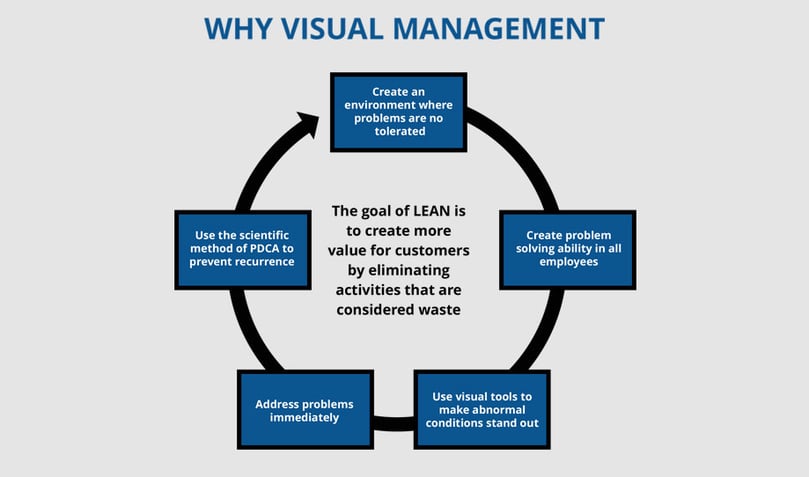
Visual management is a system by which visual aids are used to communicate goals, signal problems, and more. For example, a manufacturing operation may make use of a shadow board in order to communicate efficiency goals to employees on the factory floor. For manufacturers in the electronics industry, visual management is great for improving communication and boosting efficiency.
Learn More About Visual Management
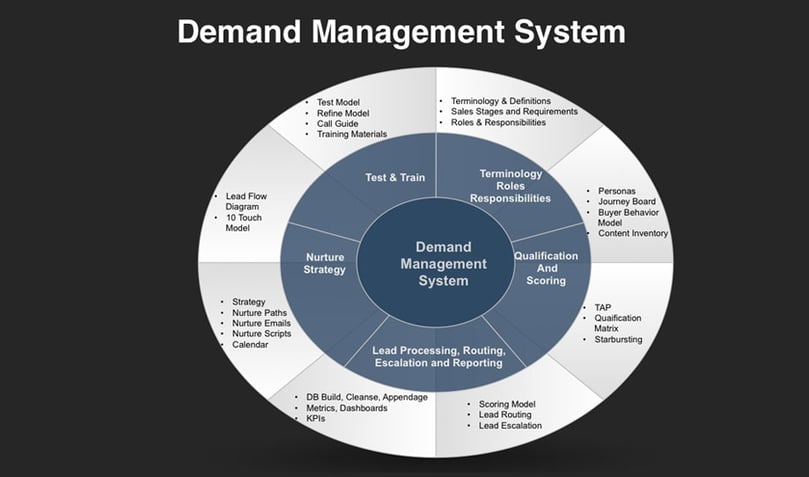
Having too much inventory is a common problem for companies in the electronics industry. Demand management seeks to help eliminate this problem by creating transparency about how much demand is coming in from an external environment and how it can be managed and met. For example, a company may use the principles of demand management to ensure that every player in their supply chain is transparent in order to create a more efficient supply chain.
Learn More About Demand Management
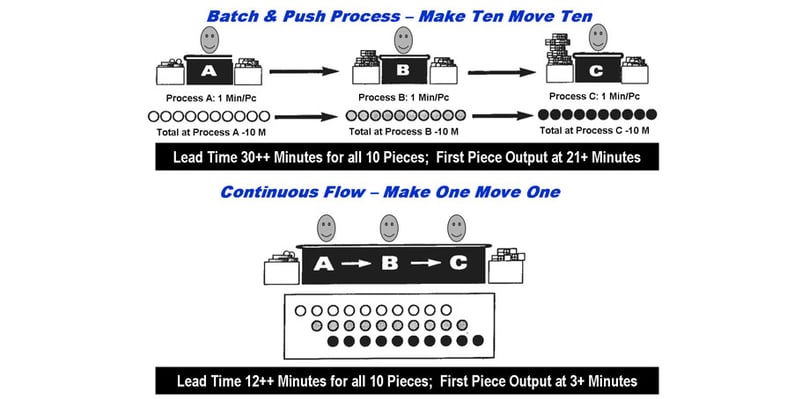
Continuous flow is the opposite of batch production and instead dictates that manufacturers should run continuously, producing products at a steady rate. Continuous flow allows manufacturers in the electronics industry to increase stability and reduce waste by adopting this method of manufacturing.
Learn More About Continuous Flow
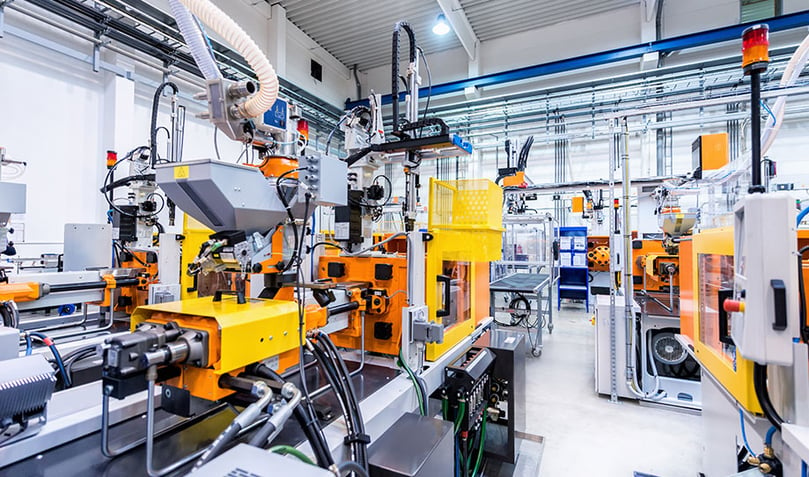
For companies who are producing multiple electronic products, quick changeover is an essential tool for ensuring a smooth transition between producing product A to producing product B. By following the principles of quick changeover, employees can get machines set up to produce the next product much more quickly while also reducing the number of mistakes that are made.
Learn More About Quick Changeover
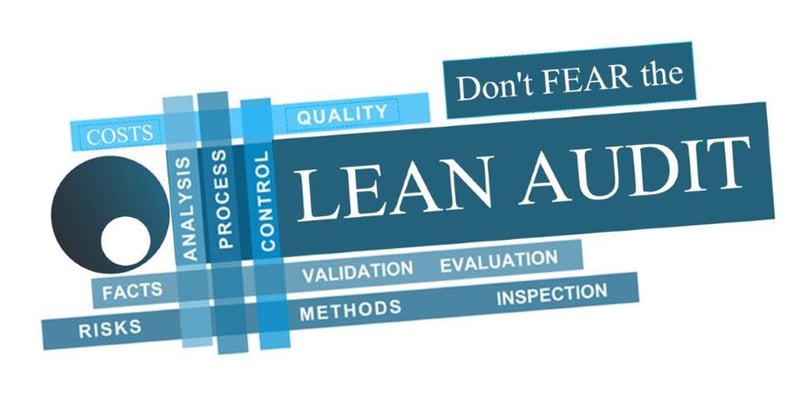
Sometimes, it may be difficult to tell just how well lean manufacturing tools are working in an operation. This is especially true for complex manufacturing operations such as those found in the electronics industry. With a lean audit, though, companies are able to gauge how well other lean manufacturing tools are improving efficiency, cutting waste, reducing defects, and more.
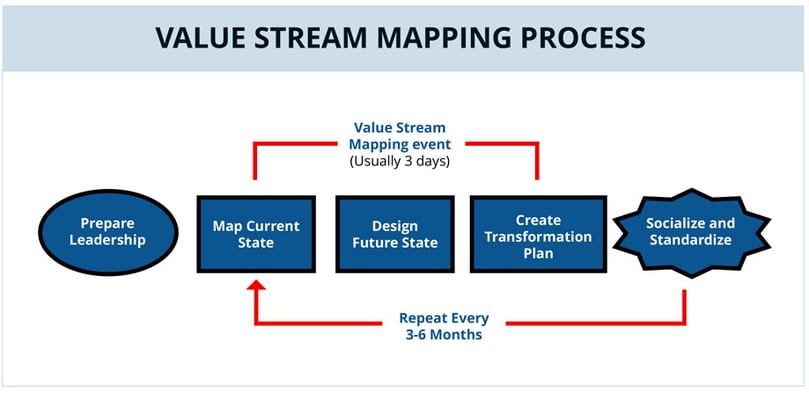
With value stream mapping, a flowchart is used to depict every step of a process. For example, a company may use value stream mapping in order to visually demonstrate to their employees each step of the manufacturing process and how those steps are connected to one another. Using value stream mapping enables everyone in the operation to better understand how the process works, thus improving efficiency and effectiveness.
Learn More About Value Stream Mapping

In Japanese, Gemba means "the real place". In regards to manufacturing, this real place is the factory floor. Gemba dictates that most problems cannot be solved from an office and instead dictates that managers and engineers must go to the factory floor in order to identify and address any problems that might exist. For companies in the electronics industry which are especially reliant on their engineers, Gemba can be used to help those engineers more effectively do their job.

PDCA is an acronym that stands for "plan, do, check, act". This lean manufacturing tool creates a cycle which manufacturers can use in order to drive continuous improvement. For example, a company in the electronics industry may plan a new method of improving efficiency, do that method on a small scale, check the results, then act to implement that method on a large scale if the results are satisfactory. The process is then started over again with a new plan so that new ideas are continuously being tried, evaluated, and - if effective - implemented.
For companies in the electronics industry, lean manufacturing tools offer a lot of value. When coupled with the right parts and components, these tools can provide a huge boost to the effectiveness and efficiency of your operation.
If you would like to learn more about the high-quality parts we offer at Hartford Technologies and how they can be implemented alongside the tools of lean manufacturing, we invite you to contact us today.